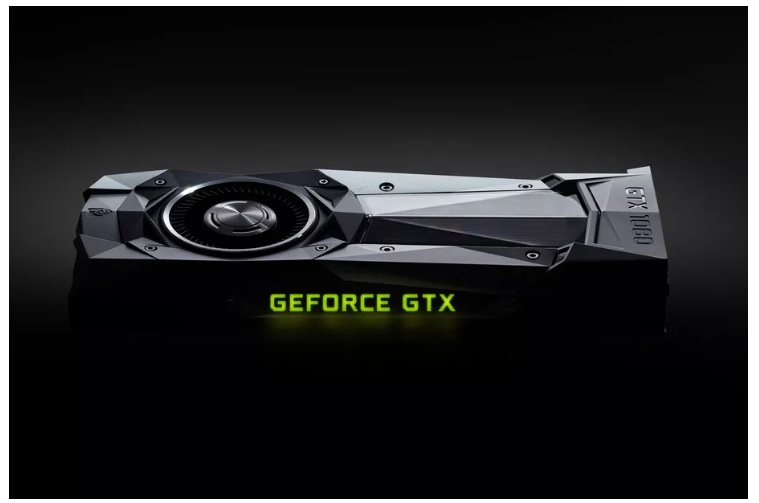How do you convince gamers that they’re getting their money’s worth from a $500+ graphics card? Nvidia’s latest technique is pretty smart — it’s taking real-time ray tracing, an eye-popping if barely adopted feature previously exclusive to its pricey new RTX-series graphics cards, and bringing it to a whole bunch of older Nvidia GTX-series GPUs that can’t ray trace to save their lives.
I’m partly joking. It’s pretty cool that I’ll soon be able to try out some “basic” DirectX Raytracing with my nearly three-year-old Nvidia GeForce GTX 1080 GPU! Here are the other graphics cards and chips that should be able to take advantage with a driver update this April:
:no_upscale()/cdn.vox-cdn.com/uploads/chorus_asset/file/15970946/geforce_rtx_gtx_dxr_supported_gpus_march_2019.png)
But seriously: Nvidia’s blog post seems explicitly designed to show that only the most expensive RTX-series GPUs can remotely approach 60fps framerates in modern games with ray tracing enabled.
Just look at the company’s comparisons charts for a few popular games with ray tracing enabled — and note that the “best case scenario” on the right requires DLSS, another feature that’s still exclusive to the pricier RTX series GPUs. GRID VIEW
/cdn.vox-cdn.com/uploads/chorus_asset/file/15970950/geforce_rtx_gtx_dxr_battlefield_v_performance.png)
The GTX 1080 Ti is among the most powerful of the last-gen cards — and it’s struggling even with a Core i9 processor to help it shoulder the load.
Nvidia chalks up the differences not to exclusive features, mind you, but the actual design of these chips. The RTX-series GPUs simply have cores that the GTX ones don’t, including RT cores designed for ray tracing and Tensor cores for machine learning that help enable DLSS.
But I don’t think that’ll keep Nvidia rival AMD from making fun of this move, though. AMD said last November that it wouldn’t implement DirectX Raytracing (the version that Nvidia is now enabling here) until it could make ray tracing a standard feature across its product line. Those words felt defensive then, but they make a lot more sense now.
Honestly, we’re pretty bullish on ray tracing long-term… but with some of the first promised games just barely getting support months after the graphics cards debuted, it’s very early days for the technology.
